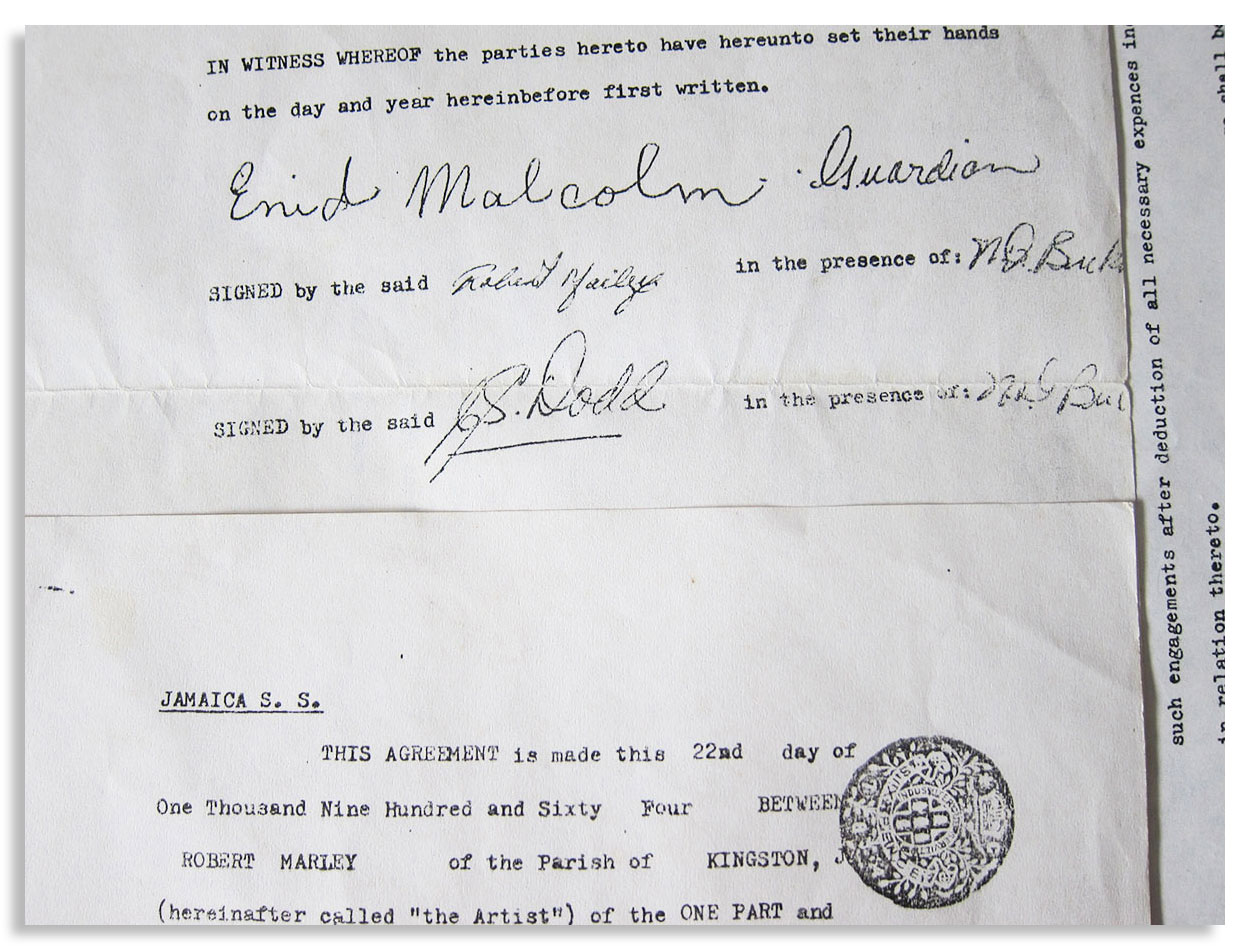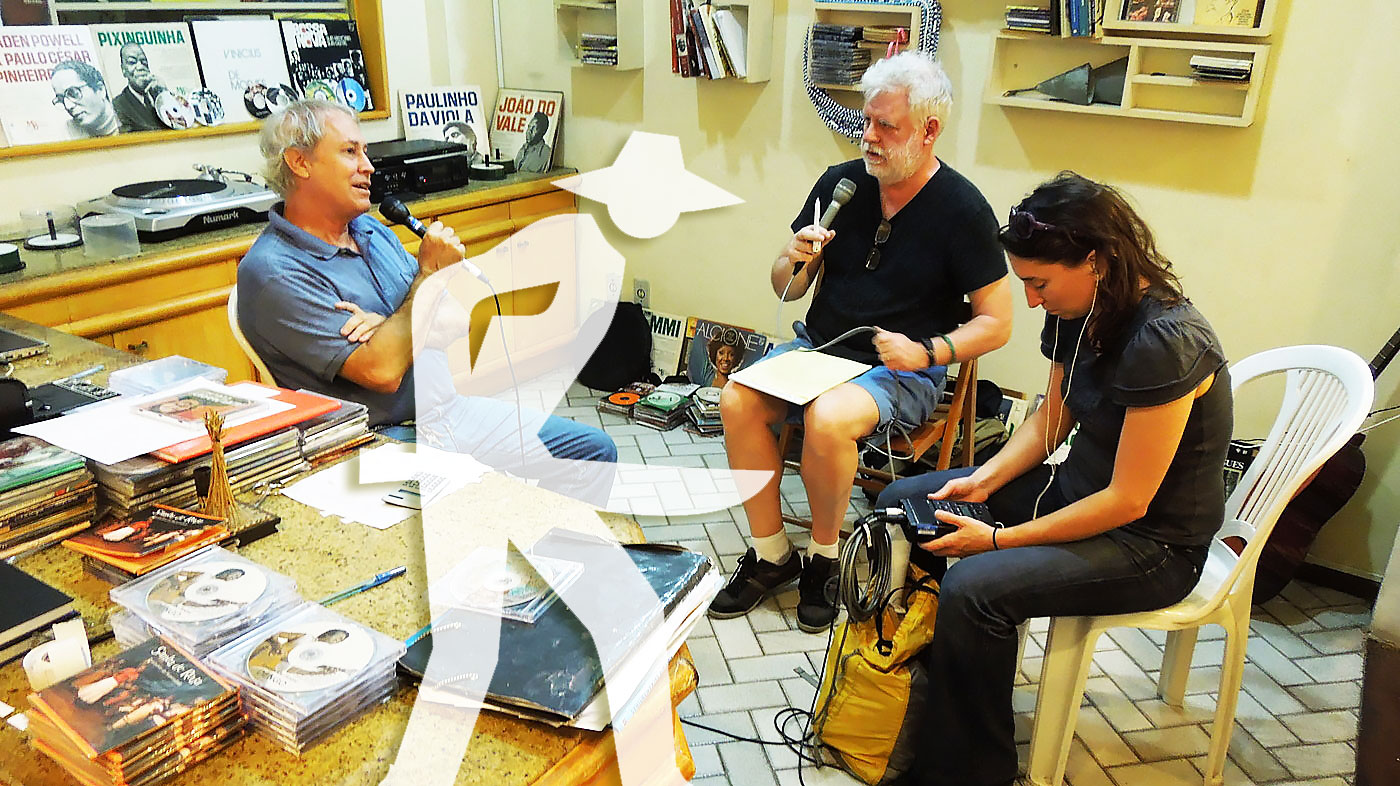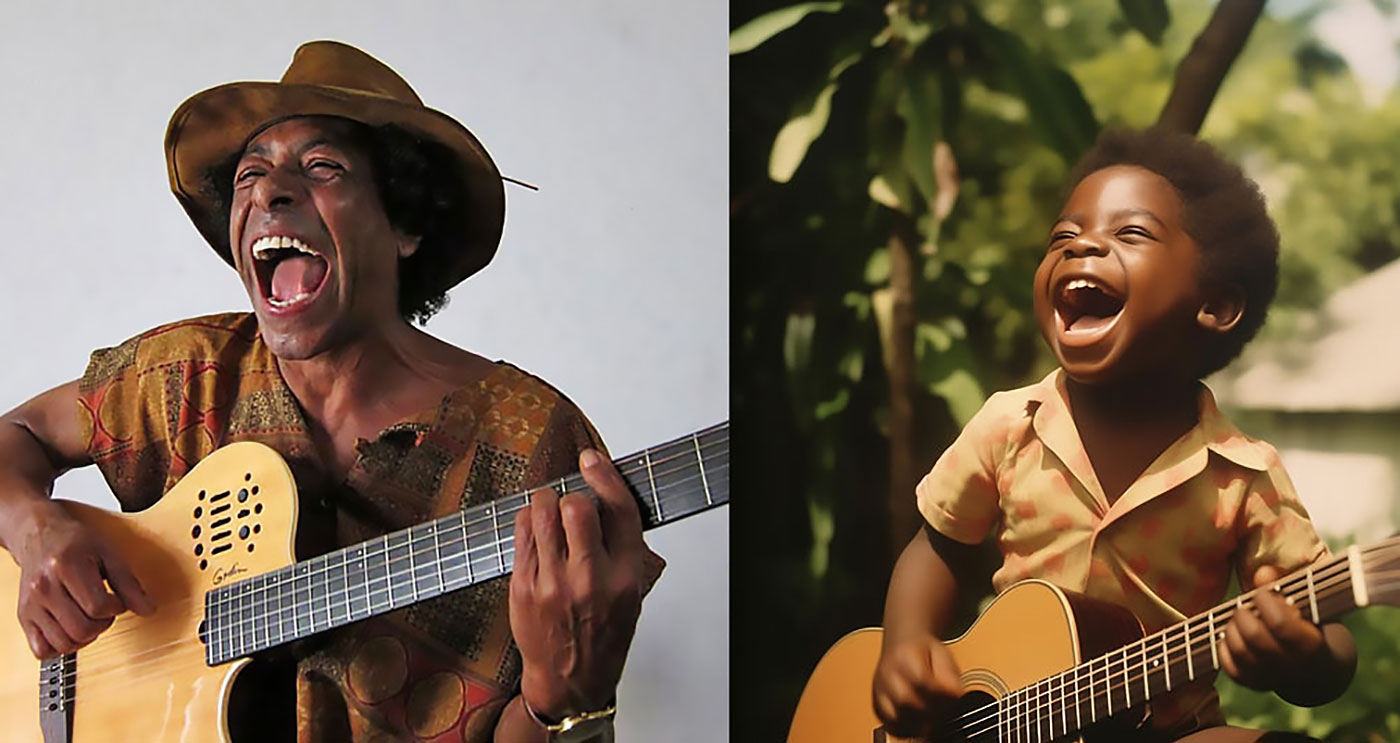CURATION
- from this page: by Matrix
Network Node
- Name: Ron Miles
- City/Place: Denver, Colorado
- Country: United States
- Hometown: Indianapolis, Indiana
Current News
- What's Up? Ron Miles is now with God (May 9, 1963 – March 8, 2022)
Life & Work
-
Bio:
Ron Miles was a songwriter and cornet player based in Denver, Colorado. Ron was born in Indianapolis, Indiana in 1963 and moved to Denver with his family in 1974. Ron Miles has previously recorded as a leader for the Prolific, Capri, Gramavision, and Sterling Circle labels.
He was one of the finest improvisers and composers of his generation and has been called one of the greatest melodists by clarinetist Ben Goldberg. In addition to leading his own bands, Ron Miles performed in the ensembles of Joshua Redman, Bill Frisell, Mercer Ellington, Don Byron, Myra Melford, Joe Henry, Madeleine Peyroux, Jason Moran, Matt Wilson, the Bad Plus, Harriet Tubman, Ginger Baker, and Goldberg.
Contact Information
- Email: [email protected]
Media | Markets
- ▶ Website: http://www.ronmiles.org
- ▶ YouTube Music: http://music.youtube.com/channel/UCLfR0ECCr11YdvdF9Va92_g
- ▶ Spotify: http://open.spotify.com/album/7foEq7VyoOsDoFMVaBQz80
- ▶ Spotify 2: http://open.spotify.com/album/6VekhIHVznAsYCRIaZ3vzC
- ▶ Spotify 3: http://open.spotify.com/album/2aQdWoJIbd6y5cRgnObm3u
More
-
Quotes, Notes & Etc.
Master Cornetist RON MILES Releases I Am A Man
Release Date: November 10, 2017 (Enja/yellowbird Records)
Composer: Ron Miles
Performers: Ron Miles (cornet), Jason Moran (piano), Bill Frisell (guitar), Thomas Morgan (bass), Brian Blade (drums)
Tracks: I Am A Man, Darken My Door, Gift That Keeps On Giving, Revolutionary Congregation, Mother Juggler, Jasper, Is There Room In Your Heart
With I Am A Man, Ron Miles, “one of the finest trumpeters in jazz today” (Jazz Times), makes his most powerful artistic statement to date. For this special project Miles grew his trio with guitarist Bill Frisell and drummer Brian Blade—which released Quiver in 2012 and Circuit Rider in 2014—into a quintet, adding pianist Jason Moran and bassist Thomas Morgan. The group’s virtuosic camaraderie animates I Am A Man’s expansive themes, building an album of and for today from the spiritual foundations of black American music.
For Miles, being in the jazz tradition means making music that speaks to his time. “From the beginnings of black American music, there’s been a sense of triumph over adversity,” Miles says. “We’re in some trying times in 2017, that’s for sure. But we’ve seen this before. Black folks have had to do this over and over again, fighting injustice and finding a positive solution.” As they did in 1968, when a malfunctioning garbage truck killed two employees in Memphis. Sanitation workers took to the streets with “I Am A Man” signs, asserting the fundamental dignity and humanity of workers of every profession. Today, “I Am A Man” carries that specific civil rights history for Miles, but has also taken on broader significance. “It’s a claim that we are of a human body,” he says, “a human person, and there are all kinds of ways that we express ourselves.”
To suit the “I Am A Man” theme, Miles wrote this music with a definitive blues sensibility, he says, though a Miles blues sensibility is all his own: Here, as always, he remains a “natural melodist with an openhearted style” and a “knack for pairing strong melodies with stealth convolutions of form.” (New York Times). Miles believes in transcending traditional instrumental roles, so he gives each musician not individual parts but the full score. “When Ron hands out a piece of music,” Jason Moran says, “he gives you the world. Visually, it tells me everything I need to know about where my part lines up with another line. It gives us the freedom to compose in real time, to shift between foreground and background as we like.”
Miles makes the most of the expansion into a quintet with the episodic “Darken My Door,” which comes from a dream involving his late mother-in-law. “She wasn’t very happy when my wife and I first got together,” he says. “I had this dream where she said, ‘He will never darken our door again, that guy over there,’ pointing at me. And then in the dream my wife stood up for me, she championed me.” In the opening, a piano trio pulls off some drama big and vivid enough for a silent film score, and then the music resolves what Miles calls a “chewy pop center.” The composition finally cycles back to the original drama, this time with a touch of wry humor that de-stresses it.
For Miles, the song “Revolutionary Congregation” is about “religion at its essence being revolutionary.” He counts as his religious heroes political figures like Malcolm X, Martin Luther King Jr., and Gandhi, “these powerful folks who didn’t sit back and accept the old traditions. Their tradition is standing up and fighting for others, social change and fighting social injustice as a holy cause.” If the deepest spirituality for Miles is a commitment to social change, he also finds sources for racial pride in religion. The song “Jasper” is named after the vibrant red-brown gemstone that shows up in the Book of Revelation “as part of a multi-hued message.”
Miles calls the ballad “Mother Juggler” a “love song” for his Mom, and for mothers in general. “My Mom got a college degree by going to night school. My three siblings and I—none of us older than 10—would all get on a bus with her at night and go to college, sitting in the back of the classroom doing homework during her classes. She had to make everything happen in a magical way.”
Throughout the album, that 1968 declaration by sanitation workers accrues other meanings and rhythms and forms, so that I Am A Man ultimately sings out as a modernist jazz gospel. With its deep reserves of beauty, faith, and humor, this music is a place where we can bring our own conflicts and doubts, while letting the consummate artistry wash off the dust of everyday life. In Ron Miles’s music, it’s safe for us to be nothing more, and nothing less, than fully human. And that’s plenty.
Clips (more may be added)
The Matrix is a small world network. Like stars coalescing into a galaxy, creators in the Matrix mathematically gravitate to proximity to all other creators in the Matrix, no matter how far apart in location, fame or society. This gravity is called "the small world phenomenon". Human society is a small world network, wherein over 8 billion human beings average 6 or fewer steps apart. Our brains contain small world networks...
![]() Wolfram MathWorld on the Small World Phenomenon
Wolfram MathWorld on the Small World Phenomenon
![]() Matemática Wolfram sobre o Fenômeno Mundo Pequeno
Matemática Wolfram sobre o Fenômeno Mundo Pequeno
"In a small world, great things are possible."

It's not which pill you take, it's which pathways you take. Pathways originating in the sprawling cultural matrix of Brazil: Indigenous, African, Sephardic and then Ashkenazic, European, Asian... Matrix Ground Zero is the Recôncavo, contouring the Bay of All Saints, earthly center of gravity for the disembarkation of enslaved human beings — and the sublimity they created — presided over by the ineffable Black Rome of Brazil: Salvador da Bahia.
("Black Rome" is an appellation per Caetano Veloso, son of the Recôncavo, via Mãe Aninha of Ilê Axé Opô Afonjá.)
"Dear Sparrow: I am thrilled to receive your email! Thank you for including me in this wonderful matrix."
—Susan Rogers: Personal recording engineer for Prince, inc. "Purple Rain", "Sign o' the Times", "Around the World in a Day"... Director of the Berklee Music Perception and Cognition Laboratory
"Thanks! It looks great!....I didn't write 'Cantaloupe Island' though...Herbie Hancock did! Great Page though, well done! best, Randy"
"We appreciate you including Kamasi in the matrix, Sparrow."
—Banch Abegaze: manager, Kamasi Washington
"This is super impressive work ! Congratulations ! Thanks for including me :)))"
—Clarice Assad: Pianist and composer with works performed by Yo Yo Ma and orchestras around the world
"Dear Sparrow, Many thanks for this – I am touched!"
—Julian Lloyd-Webber: UK's premier cellist; brother of Andrew Lloyd Webber (Evita, Jesus Christ Superstar, Cats, Phantom of the Opera...)
"Thanks, this is a brilliant idea!!"
—Alicia Svigals: World's premier klezmer violinist
Developed here in the Historic Center of Salvador da Bahia ↓ .
![]() Bule Bule (Assis Valente)
Bule Bule (Assis Valente)
"♫ The time has come for these bronzed people to show their value..."
Production: Betão Aguiar
MATRIX MODUS OPERANDI
Recommend somebody and you will appear on that person's page. Somebody recommends you and they will appear on your page.
Both pulled by the inexorable mathematical gravity of the small world phenomenon to within range of everybody inside.
And by logical extension, to within range of all humanity outside as well.
MATRIX (PARDAL)
I'm Pardal here in Brazil (that's "Sparrow" in English). The deep roots of this project are in Manhattan, where Allen Klein (managed the Beatles and The Rolling Stones) called me about royalties for the estate of Sam Cooke... where Jerry Ragovoy (co-wrote Time is On My Side, sung by the Stones; Piece of My Heart, Janis Joplin of course; and Pata Pata, sung by the great Miriam Makeba) called me looking for unpaid royalties... where I did contract and licensing for Carlinhos Brown's participation on Bahia Black with Wayne Shorter and Herbie Hancock...
...where I rescued unpaid royalties for Aretha Franklin (from Atlantic Records), Barbra Streisand (from CBS Records), Led Zeppelin, Mongo Santamaria, Gilberto Gil, Astrud Gilberto, Airto Moreira, Jim Hall, Wah Wah Watson (Melvin Ragin), Ray Barretto, Philip Glass, Clement "Sir Coxsone" Dodd for his interest in Bob Marley compositions, Cat Stevens/Yusuf Islam and others...
...where I worked with Earl "Speedo" Carroll of the Cadillacs (who went from doo-wopping as a kid on Harlem streetcorners to top of the charts to working as a janitor at P.S. 87 in Manhattan without ever losing what it was that made him special in the first place), and with Jake and Zeke Carey of The Flamingos (I Only Have Eyes for You)... stuff like that.

Yeah this is Bob's first record contract, made with Clement "Sir Coxsone" Dodd of Studio One and co-signed by his aunt because he was under 21. I took it to Black Rock to argue with CBS' lawyers about the royalties they didn't want to pay (they paid).
MATRIX MUSICAL
I built the Matrix below (I'm below left, with David Dye & Kim Junod for U.S. National Public Radio) among some of the world's most powerfully moving music, some of it made by people barely known beyond village borders. Or in the case of Sodré, his anthem A MASSA — a paean to Brazil's poor ("our pain is the pain of a timid boy, a calf stepped on...") — having blasted from every radio between the Amazon and Brazil's industrial south, before he was silenced. The Matrix started with Sodré, with João do Boi, with Roberto Mendes, with Bule Bule, with Roque Ferreira... music rooted in the sugarcane plantations of Bahia. Hence our logo (a cane cutter).
A Massa (do povo carente) / The Masses (of people in need)

-
Add to my PlaylistA Massa - Raymundo Sodré (7,093 plays)
-
Add to my PlaylistSina de Cantador - Raymundo So... (6,909 plays)
-
Add to my PlaylistMagnetismo - Raymundo Sodré ... (6,353 plays)
-
Add to my PlaylistSacando a Cana - Raymundo Sodr... (5,957 plays)
-
Add to my PlaylistMêrêrê - Raymundo Sodré (5,465 plays)
-
Add to my PlaylistJardim do Amor - Raymundo Sodr... (4,677 plays)
-
Add to my PlaylistDebaixo do Céu - Raymundo Sodr... (4,151 plays)
-
Add to my PlaylistDesejo de Amar - Raymundo Sodr... (3,861 plays)
-
Add to my PlaylistOração pra Yá Oxum - Raymundo ... (3,741 plays)
-
Add to my PlaylistYá África - Raymundo Sodré (3,509 plays)
-
Add to my PlaylistMeu Rio, Cadê o Papel - Raymun... (3,177 plays)
-
Add to my PlaylistCasa de Trois - Raymundo Sodré... (2,896 plays)
-
Add to my PlaylistMulher é Laço que Prende o Coração do Vaqueiro - R... (2,556 plays)


























































































































































































































































































































































































































































